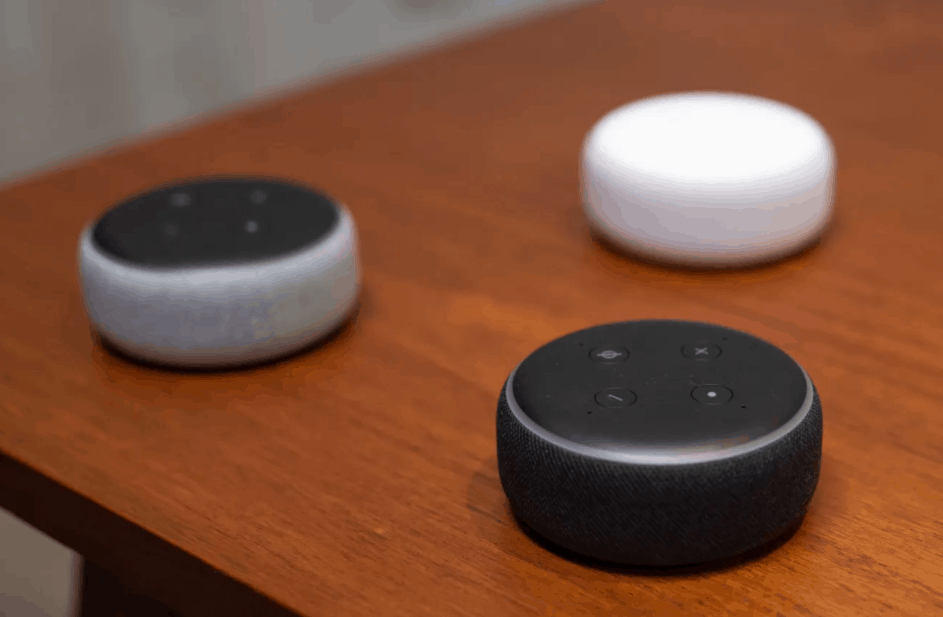Responding to demands from consumers for “an Alexa, but make it talk even more,” Amazon announced on Wednesday that its latest digital assistant model will be able to infer a user’s “latent goals,” and will use those to pose follow-up questions to users.
If you ask your new Alexa how long it takes to cook an over-easy egg, Alexa will tell you that it takes roughly 1 1/2 minutes—and then ask you if you’d like to set a timer.
According to Amazon, the update involves algorithmic tweaks and a deep learning model that will allow the device to evolve based on its relationship to the user. If you’re asking Alexa about how to cook eggs every morning and always opting to set the timer, Alexa’s discovery model will use active learning to improve its predictions and more accurately conclude whether or not you want to know when those 1 1/2 minutes are up.
“Amazon’s goal for Alexa is that customers should find interacting with her as natural as interacting with another human being,” Amazon wrote in a blog post. “While [apps] may experience different results, our early metrics show that latent goal [inference] has increased customer engagement with some developers’ apps.”
Amazon seems to acknowledge the fact that latent goal discovery comes with the potential to be very, very annoying. In early prototypes, when users requested “recipes for chicken”, for example, Alexa would reportedly follow up by asking, “Do you want me to play chicken sounds?”
In order to mitigate the potential for unwanted suggestions, Amazon has implemented a deep-learning-based trigger model that factors in “several aspects of the dialogue context, such as the text of the customer’s current session with Alexa and whether the customer has engaged with Alexa’s multi-skill suggestions in the past.”
Latent goal inference comes on the heels of Amazon launching Alexa Conversations—a series of deep neural networks aimed at making it easier for developers to integrate a natural conversational experience into custom apps—and is currently available in English for the US.

